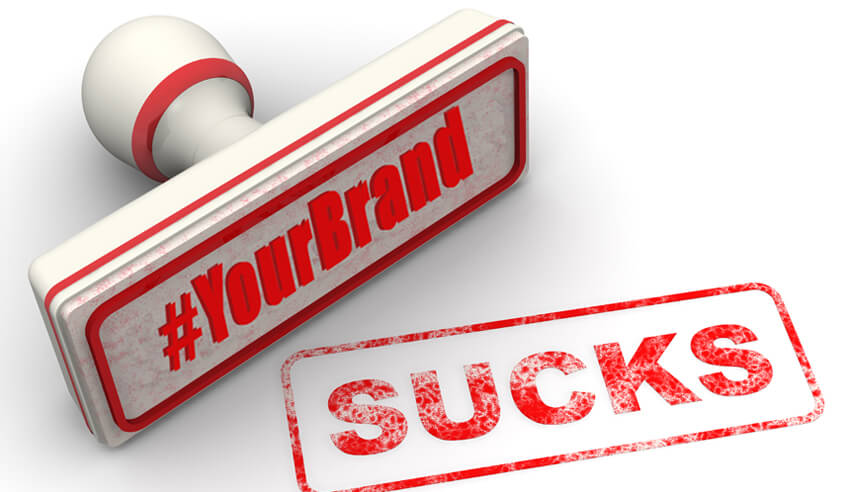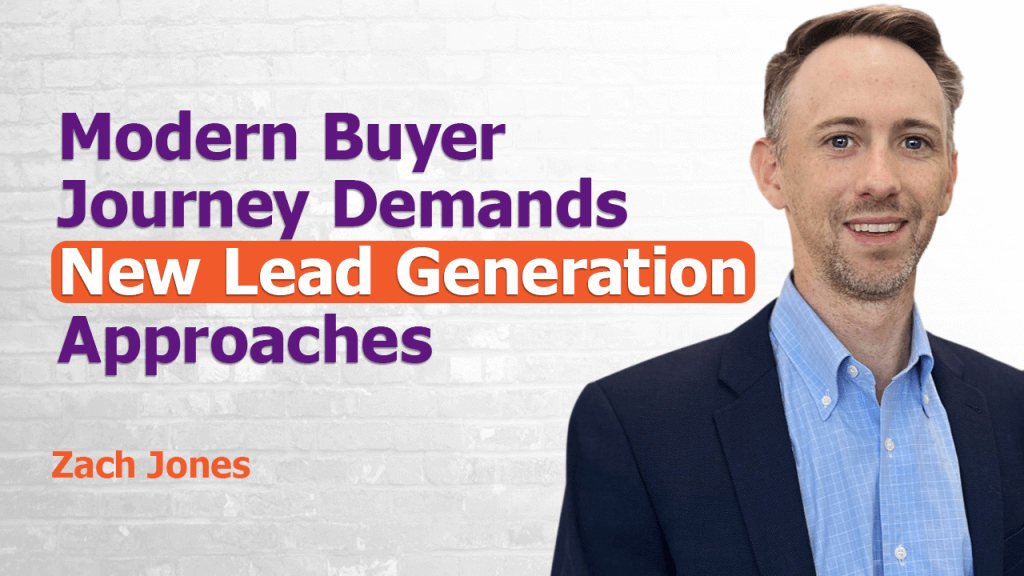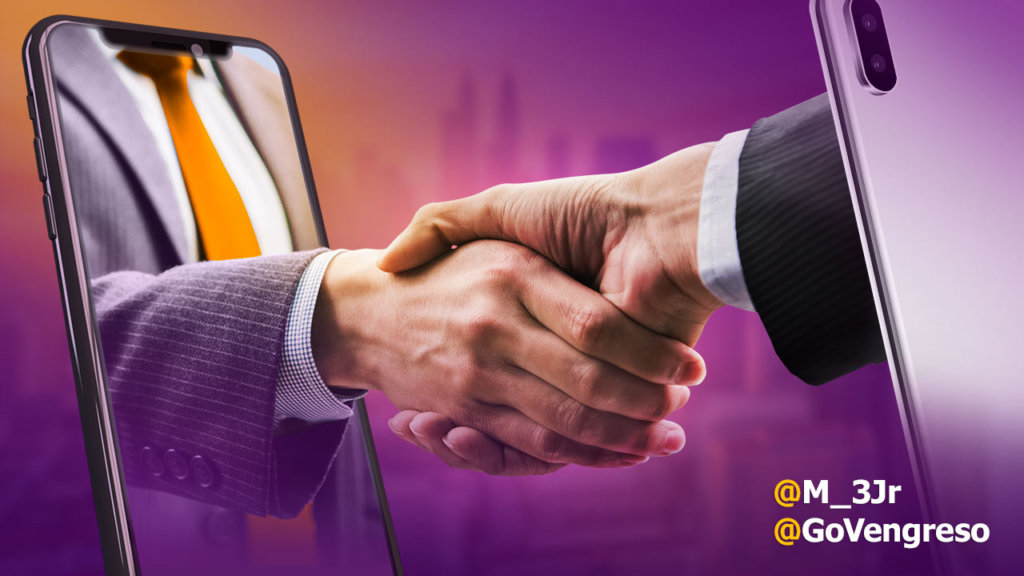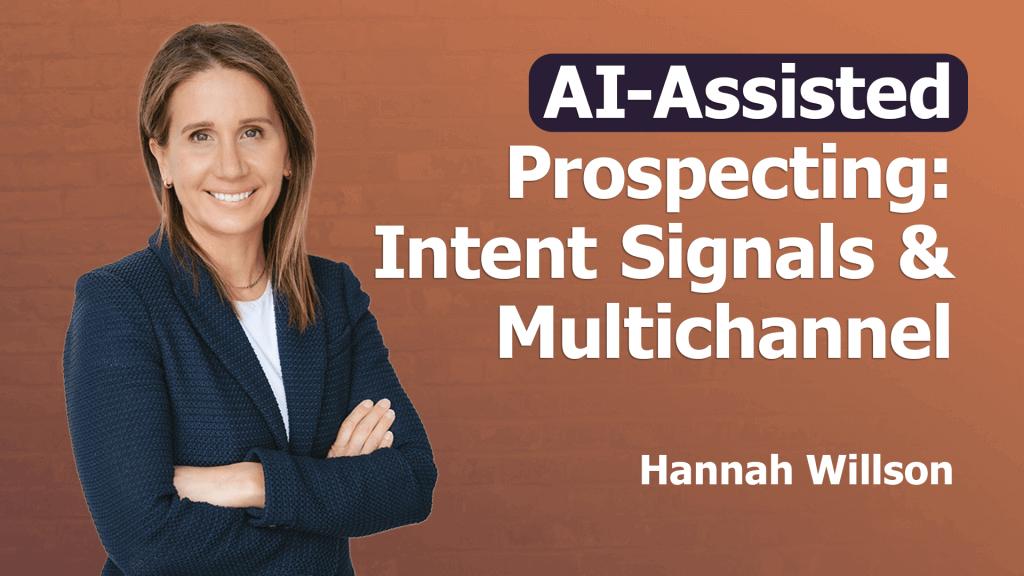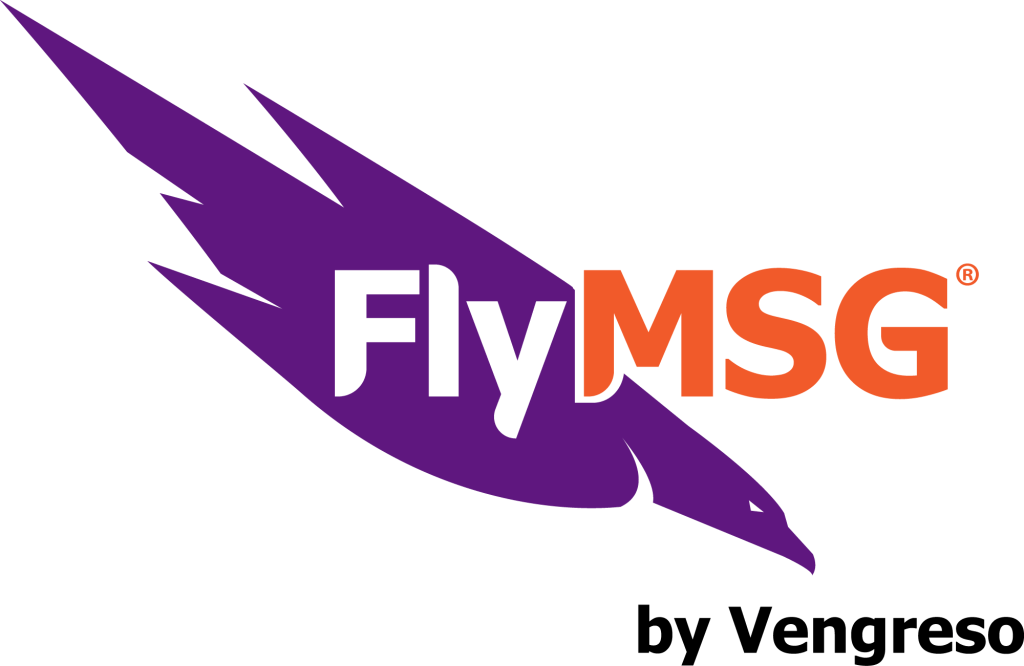Recently, I was ‘schooled’ by my two-year-old son on the impact of social media. As I was paging through my iPhone home screen while holding my son. He stopped me with a one-word request, “Google!” “What?” I asked, unsure what I was hearing. He said “Google” again. This time, it was very clear, and I knew exactly what he was saying. So I paged back on the iPhone screen and got to the page with the Google icon and he pointed and said, “Okay, Google!” It turns out that amid all of the pages that passed by my child’s eyes, the one icon that he recognized instantly was Google. He may not be able to read, but he knew this symbol could answer all of his questions about animals (which is where I usually go to search for videos), solve his problems, and direct him to anything he wanted to see.
My question for today’s sales, sales and marketing leaders is this: If a two-year-old recognizes that Google can connect him to all he would like to see and know about — do you recognize the impact social selling and social media can have on your ability to connect with customers?
[clickToTweet tweet=”#SocialMedia has an impact on #Sales ability 2 connect w #customers. Don’t let #YourBrandSuck @M_3Jr” quote=”#SocialMedia has an impact on #Sales ability 2 connect w #customers. Don’t let #YourBrandSuck @M_3Jr”]
What is the modern buyer doing today?
Ready or not, the modern buyer has completely changed the game on us as a sales community. Our buyers are digitally, socially, and more mobile-enabled than ever before! When you’ve reached out to an individual, the natural progression is that the buyer will research who you are. And when they do, the question you need to ask yourself is, Are they reading an online resume, or are they receiving information that maps to their business problems, and that speaks to the industry problems that my buyers currently face? It starts with a properly branded LinkedIn Profile. If your LinkedIn profile reads like a resume, #YourBrandSucks. You’ve lost your potential buyer on the first click.
[clickToTweet tweet=”If @LinkedIn profile is a #resume, #YourBrandSucks. You’ll lose ur #buyer on the 1st click. @M_3Jr” quote=”If @LinkedIn profile is a #resume, #YourBrandSucks. You’ll lose ur #buyer on the 1st click. @M_3Jr”]
The first click? Yes. The first click they take upon entering into your LinkedIn profile to review how you can help them and who you are. This type of profile offers no value to the buyer whatsoever.
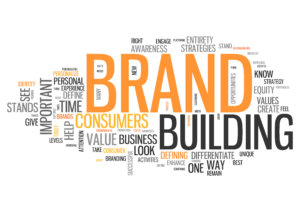
The 3 things a buyer cares most about
Here’s the thing: Buyers don’t care about how many times you’ve achieved quota, or how many times you have earned president’s club, or how often you were the recipient of the all-state super-special gold star award. Truthfully, only your folks or potential employers are excited about that. Don’t get me wrong; your buyers do want to know about you, and it is great to showcase your skills so they know they aren’t dealing with a newbie who can’t help them, but truly what your brand should represent is what your buyers care most about.
What your buyer cares most about is this:
- What business problem can you help them solve?
- Who have you done this for in the past?
- How did you do it?
Because buyers have access to information at the click of a finger, it is essential for sales reps to rethink their strategy on what their personal brand looks like. If you want to connect with a buyer, make sure the social profiles that are touching a customer are serving as a resource that map to the buyer’s journey. Why? Because your buyers are using social media networks to do their research. Take, for example, IDC in the article, “Social Buying meets Social Selling.” In their study of 760 B2B buyers, 75% said they used LinkedIn, Twitter, Facebook, or online professional communities, to assist them with company purchasing decisions. That’s 75 percent! Again, I ask… Sales Reps, Sales Leaders and anyone who touches the customer does your social profile map to the buyer’s journey?
What does a rockin’ profile look like?
Good question.
Think of social selling as helping your buyers. Therefore, you’ll want to create a social profile which becomes a resource page for your buyers by leveraging engaging and insightful content physically located within the actual profile. Provide a map which showcases how you solve a business problem for your buyers. It’s a place where they come to shop YOU!
So your social profile needs to speak to who you help, how you help them, who else you have helped in that industry, and should provide a description of the industry problem facing your buyers and how you and your company are solving that problem. Finally, (and this is important) it should illustrate your passion, your likes, your values, your goals — Make it personable. Because people do buy from people.
Your social profile matters because:
- It represents your brand. For those of you that know my story, you know that I landed here as a top industry expert solely because of my personal social brand!
- It’s a place where your customers come to shop you!
- When you contact your buyers, they will look you up!
- It attracts inbound leads. In just the last 66 business days, I have hosted 96 meetings from 100% INBOUND leads. Meaning, we do today absolutely no outbound marketing. All 100% Social Selling. That’s nearly 2 appointments per day! So, yes, your profile and social engagement can and does attract inbound leads.
- Seventy-five percent of your B2B buyers will use Social Media to assist them with company purchasing decisions.
Marketing leaders — what’s your role?
As marketers, you’re responsible for creating demand. It’s also your job to make sure every piece that goes out representing the company is brand ready; Anything that touches the customer should be brand approved. So why would we not be sure our sales reps are brand ready for the customer as well? What do I mean?
Are you helping them map content to the buyer’s journey? Take, for example, Vengreso. We have constructed access to engaging multi-media that we, as a sales organization, can map to our social media and LinkedIn profile–videos, references case studies, teaser solution videos, recorded webinars, interviews and attach as a resource for our customers. We also have clearly identified the industry problems facing our buyers, how and who we help. In turn, this can be used by our employees. So you agree this is needed? Good. What are your next steps then?
[clickToTweet tweet=”#Marketing ensure #sales reps have a #social brand that maps 2 your #buyer? #SocialSelling @M_3Jr” quote=”#Marketing ensure #sales reps have a #social brand that maps 2 your #buyer? #SocialSelling @M_3Jr”]
The first step is to ensure your sales organization understands the industry problems you are solving for your buyers and how you are solving them through products, technology, and/or services. The next step is for the marketing team to provide this content in the form of 3-5 succinct sentences that can be used within their individual summary on LinkedIn. In addition, have you provided your sales team your top 30-50 keywords your website is being optimized for? That would be the next step! Imagine, your reps being keyword optimized by Google, Yahoo, and Bing for “IT Financing” in San Francisco, CA! Oh, the power of the reach and messaging you can now create “helping” your sales team develop a proper social brand which maps to the buyer’s journey!
By ensuring your sales rep’s profiles are brand ready, your entire salesforce’s LinkedIn profiles can become mini company micro-sites that are SEO optimized and searched indexable literally overnight. Just imagine a sales force of 250 employees, for example, creates 250 mini micro-sites — all touching potential customers with a united brand messaging. Are there any CMO’s out there that wouldn’t want to leverage their sales teams and, at the same time, help their sales team speak the language of their buyer?
Make no mistake, when you overlook the partnership of social marketing with personal branding for your sales teams, you will potentially lose every one of your buyers on the first click into your reps profiles.
Branding first, social selling engagement second — in that order.
I’ll let you in on a little secret that will save you a ton of time when it comes to perfecting the art of social selling. Here it is:
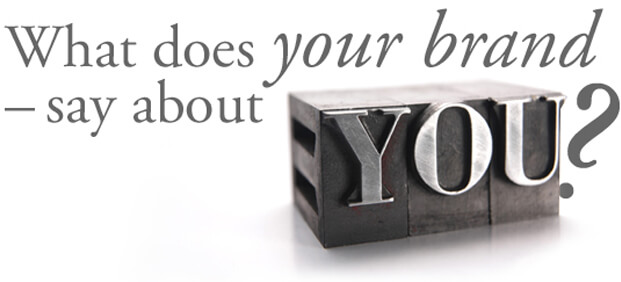
Social selling starts with establishing a professional AND personal brand! Make sure your buyer’s resource page (aka your social profile) is mapped to the buyer’s journey.
[clickToTweet tweet=”You won’t succeed in #socialselling when #YourBrandSucks. #Social starts w a #personalbrand! @M_3Jr” quote=”You won’t succeed in #socialselling when #YourBrandSucks. #Social starts w a #personalbrand! @M_3Jr”]
If you are contemplating purchasing social selling training, make sure that the firm or person you are working with can actually help you, your reps or your marketing organization with a complete re-branding process for you or the sales teams you support which maps to the buyer’s journey.
I cringe every time I hear someone is teaching a workshop without teaching the most basic fundamental step to social selling. That is personal branding! If someone isn’t first addressing the importance of branding — walk away. Just save your money and walk away.
PS branding starts with a great personal photo! So if you want some tips on the “right” type of picture you should have on your profile then read this article.


